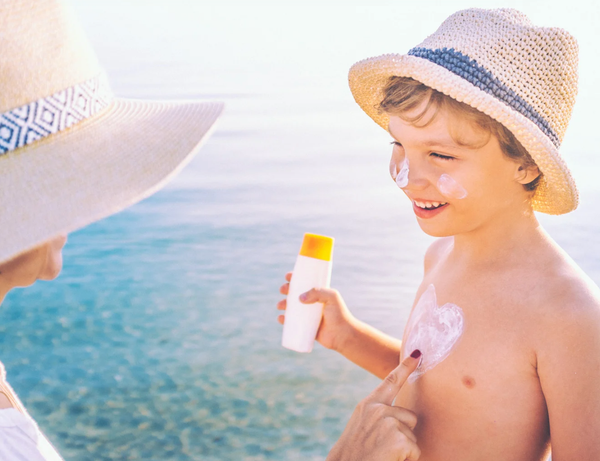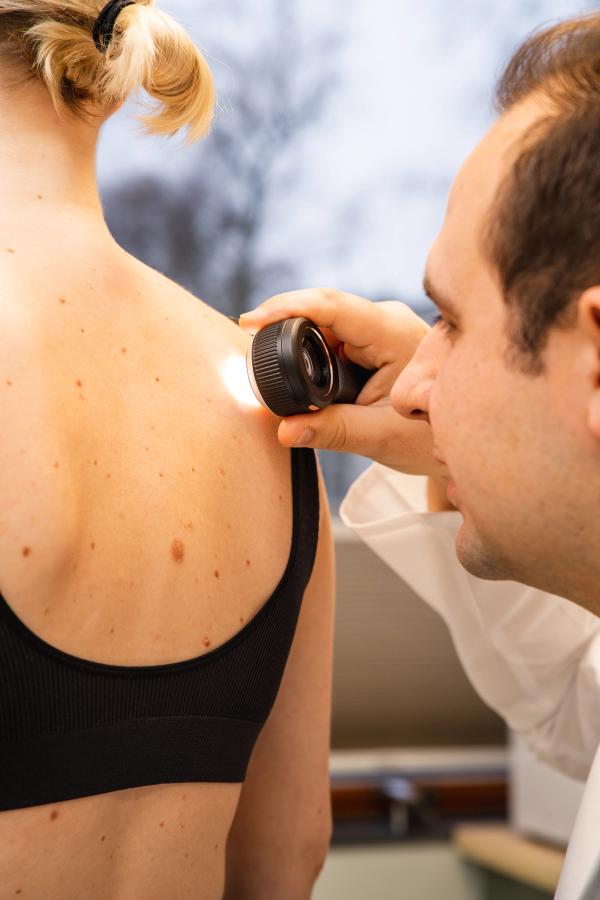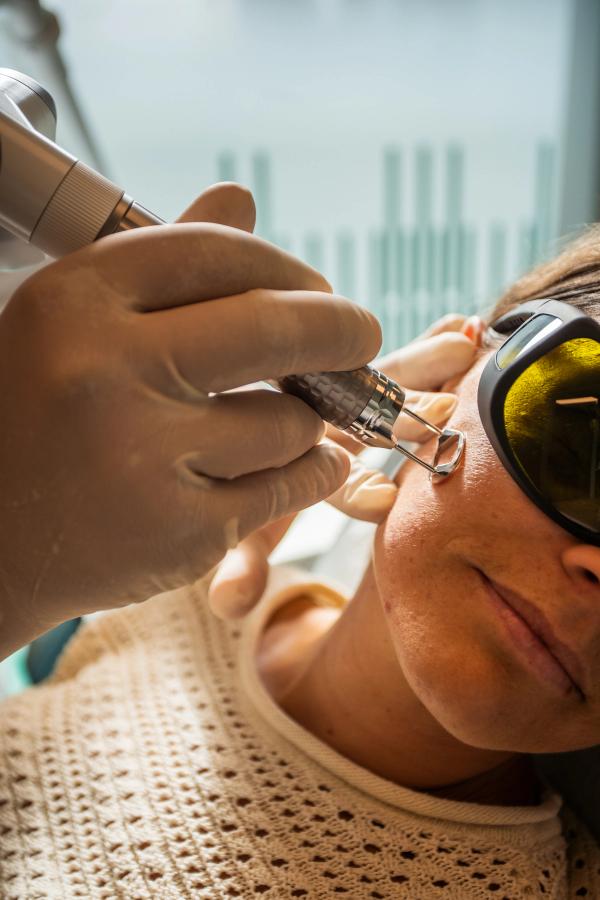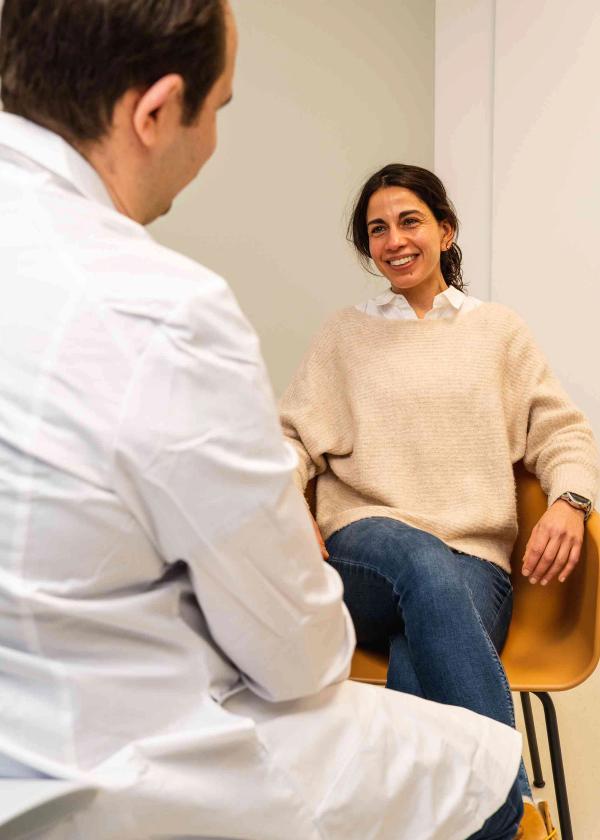Sun damage and pigmentation
For many, sunbathing is synonymous with summer and cosiness, and the body basically benefits from getting some sun. But relatively little is needed before the skin begins to be damaged by the sun, especially if you do not protect it. The greatest incidence of sun damage is found in people with fair skin tones, which is the skin tone of the majority of the population in Norway. Other typical and less serious sun damage can be eczema, wrinkles or pigment spots.
Dr. Dropin now offers laser as a treatment for sun damage and pigmentation. You can also read more about the use of lasers and the course of treatment.
Book laser appointment






